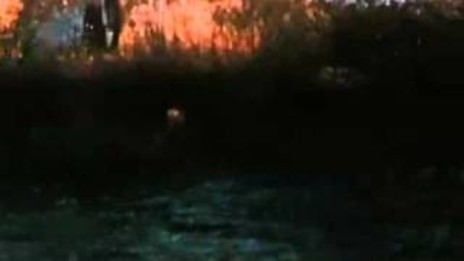AudioCulture
The noisy library of New Zealand music
Te pātaka korihi o ngā puoro o Aotearoa
Lindsay Marks
Marks was born in Oamaru, but his parents moved to Mt Roskill in Auckland when he was just four. His first experience as a musician was as a flugelhorn player for the Mt Eden Municipal Brass Band and then the Mt Roskill Brass Band, with practice sessions held in a hall at the quarry at Three Kings. Scoring his first guitar at age 15 ignited his passion to be a full-time musician.
Unlike his car-mad classmates in the late 1960s, Lindsay Marks was always more drawn to poetry and music writing, as well as drawing, painting and design. Like many successful musicians he was entirely self-taught, drawing his inspiration from bands such as The Kinks and The Pretty Things.
At age 19 Marks attempted a degree in architecture at University of Auckland. He became swept up in the singer-songwriter milieu of the early seventies. He recalls the 1965 album The Paul Simon Songbook being particularly influential on his early songwriting.
After a struggle with physics in particular, Marks moved over to the Auckland Institute of Technology (AIT, now AUT) studying for an NZCE and working part-time as a draughtsman.
During this time, he befriended a girl from the Central Theatre Group, a contemporary drama company run by Jivan Mary Amoore in a Remuera shopping centre alley. Amoore was a pioneer of New Zealand theatre, producing cutting edge plays such as Loot, A Day In The Death Of Joe Egg, and Kennedy’s Children, close to their international debuts. Amoore became aware of Marks’ musical ability and asked him to write and perform what ended up as 14 songs for a new play. Entitled On Our Way, the lead role in the play was taken by Marcus Craig (later known as Diamond Lil). Marks also wrote and played classical guitar pieces used in the theatre’s production of Shakespeare’s A Winter’s Tale; then a further 14 songs for the play Kerry.
Sitting in the audience one evening, Central Theatre Board member Max Cryer was particularly impressed by Marks: “On his taking the stage I immediately knew that he ‘had it’ – great looks, stage presence and a powerful voice”. Cryer introduced himself to Marks, whose song Good Morning was eventually included on the 1972 album Max Cryer And The Children Sing 12 Great Kiwi Tracks.
Cryer welcomed Marks to his Onehunga home as a friend and Marks recalls: “I was invited to several dinners at Max’s house. To be honest I felt somewhat out of my depth there and was a bit overwhelmed by the company, which regularly included the likes of Ray Columbus, Michael Hockley and Peter Sinclair. I kept pretty quiet and just listened to what was usually pretty highbrow conversation”. (Cryer: “Compared to the extroverts at the table Marks was noticeably calmer – he was clearly a very private person”.)
In 1971 Marks moved from his student flat in Grafton Road to new digs in Ring Terrace, St Mary’s Bay, flatting with singer Grant Bridger. Through Bridger, Marks met Australian Robert Raymond, who had recently set up a touring and management company with Barry Coburn. Raymond and Coburn saw great potential in Marks and he was signed to a stable that included Brent Parlane, Tole Puddle, and eventually, Split Enz.
Raymond suggested that Marks needed a more exotic name and suggested he adopt a new stage persona – “Martin Goodchild” – Martin being Marks’ middle name and Goodchild being a translation of his mother’s maiden name.
Marks’ first gig under this new moniker was at the Auckland Students Union. This bemused Marks and forgetting his cue to come onstage having been announced soon put paid to this idea. He career resumed under his own name.
His connections with Raymond and Coburn’s rapidly growing touring and management business saw him attending after-show parties with international stars, including Led Zeppelin. “Robert Plant was not interested in the likes of me, but I remember getting on well with John Paul Jones – he at least seemed pretty down-to-earth.”
‘Son of the Sun’ and ‘The Peace You’re Looking For’ became Marks’ first two singles, released on Coburn’s new label Downunder Records in 1972.
Marks entered the TVNZ show New Faces in 1972. The format was to announce a winner each week for 10 weeks who then advanced to a final where they had to perform a different song and he won the weekly heat with his song ‘The Peace You’re Looking For’. In the final Marks performed his song ‘Son of the Sun’. Completely misunderstood by judges Phil Warren and Ray Columbus, the song became something of a gay pride anthem for many years, as Marks explains: “I’d written a song ostensibly around the David and Jonathan story in the Old Testament, but everyone seemed to read far more into the lyrics than I had intended.” Marks placed third in the final behind winner Steve Gilpin (later of Mi-Sex) and second placed Shona Laing.
‘Son of the Sun’ and ‘The Peace You’re Looking For’ became Marks’ first two singles, released on Coburn’s new label Downunder Records in 1972. Following the TV exposure both tracks achieved good airplay but not much in the way of sales. Nonetheless Raymond and Coburn were encouraged enough to proceed with an album.
Raymond and Coburn signed Marks over to PolyGram, who put Marks into the studio at Stebbing. Initially the sessions were under the guidance of arranger-musician Jimmie Sloggett, then, following his ousting from the project, by Coburn himself. Paul Woolright, Eddie Hansen and Ricky Ball from label-mates Ticket provided backing. The self-titled album was released in 1973 on the Vertigo label, and afforded the luxury of a foldout cover with photography by Phillip Peacocke and specially commissioned artwork by Warren Wilson on the back cover.
The album was presented to PolyGram staff at their annual conference on Pakatoa Island. Marks and Shona Laing, who also had her first album Whispering Afraid ready for release, performed live at the event. The disc itself featured the legendary Vertigo “swirl” label. Marks recalls one production run of 600 only, meaning original copies are highly sought after today by “swirl” collectors and usually change hand for several hundred dollars a time.
Coburn and Raymond arranged plenty of live work in support of the album for Marks, including gigs at their recently opened Levi’s Saloon. Their touring business also provided opportunities. “I went on several long tours supporting international artists, the first of which was the New Seekers. The New Seekers themselves were quite delightful – there was plenty of champagne drinking in the motels pools! I performed solo – all originals, no covers – and was pretty well left on my own. Bob (Raymond) and Barry only occasionally flew to gigs during the tour. I travelled back to Auckland several times during the tour to fulfil commitments at Levi’s.”
Critics were certainly impressed. Writing in the Auckland Star on 9 November 1972, Phil Gifford noted (under the headline, “Marks on top but Seekers wishy-washy”): ”But in a year or two the concert is more likely to be remembered as the first major appearance in Auckland of local singer songwriter Lindsay Marks … there is no telling how far he could go. Marks seems sure to establish himself at the top of the tree at the Ngāruawāhia music festival in the New Year.”
January 1973 duly saw Marks perform at the Raymond/Coburn Great Ngāruawāhia Music Festival – dressed to impress as a North American Indian, bare-chested with vest and daubed in war paint!
More support work followed. Marks: “It was during an interminable tour supporting [English folk group] Lindisfarne that I started to have second thoughts about my career choice. It was basically just hard and lonely on the road as a solo artist.”
Max Cryer: “I think Lindsay probably had an aversion to the lifestyle that celebrity led to – he didn’t want to function as a public being.”
A month long residency at the Sandowner in Gisborne with country/folk–rockers Tole Puddle was next.
Marks supplemented his income writing jingles for ad agencies and recording them at studios such as Mandrill and Mascot. Marks: “This turned out to be way more lucrative than the money I was earning from touring and record sales. I remember being paid nine hundred dollars for an ad for Suzuki, which was a fortune in those days. I got Split Enz band members Tim Finn and Phil Judd to come in and sing on the ad. Some of the work came from my friend Diana Cassrell’s dad, who ran a big agency in Greys Avenue at the time. I recall ads for Fotheringay and Maidenform bras among the many I wrote and recorded!”
Marks’ career, in particular his songwriting, was beginning to blossom.
Marks’ career, in particular his songwriting, was beginning to blossom. Via Coburn’s international contacts Air Supply and Phillip Goodhand-Tait expressed interest in recording songs written by Marks, though Marks is unsure if these proposals were ever anything more than just conversations. In October 1973 Ray Columbus profiled Marks in his Sound-Round column in the New Zealand Listener. “We have had, and have, fine songwriters in New Zealand but few who can sing their music the way they wrote it – Lindsay, like Corben Simpson, is an exception.”
With positive encouragement from Coburn and Raymond, Marks left his part-time job as a draughtsman to take up music full-time. In 1974 he entered Stebbing studios to begin work on an EP. Three tracks were recorded (which have recently seen the light of day as bonus tracks on a digital reissue of his album) when the plug was suddenly pulled with Raymond and Coburn splitting and going their separate ways. Planning for the EP cover had even commenced with Liddy Holloway (later of Shortland Street fame) being photographed for the artwork.
Deflated, Marks felt it was time for a total rethink. Marks’ mother in particular, had always retained a keen interest in her son’s progress and it was her who suggested his next move. Marks’ parents had emigrated (his father was a socialist and conscientious objector) to New Zealand in 1939 from the East End of London. Marks’ mum had retained many contacts in London and one of her friends suggested he apply for acceptance into the prestigious St Martins School of Art & Design. He undertook a major in graphic design, funding his studies initially working as a groundsman on Hampstead Heath. In London Marks hooked up again with Lindisfarne, who through their contacts assisted in setting up several solo gigs in London during the four and a half years he spent studying for his degree.
Upon completion of his degree, Marks returned to Auckland. During this time Marks rekindled a friendship with Peter Madill, then running the Stringed Instrument Company in Browns Mill. Madill specialised in making acoustic guitars and Marks developed a keen interest in the luthier’s craft. Nonetheless Marks struggled to settle after the bright lights of London, heading back there for a further 18 months, where he worked mostly as a building labourer while attempting to build guitars in the kitchen of his flat.
By the early 1980s, Marks had gotten London out of his system. He returned to New Zealand once again, this time determined to put his degree to good use. Marks found plenty of work in the magazine and book publishing industry. He worked freelance as a pasteup artist and graphic designer for Longman Paul and Reed Methuen Publishing.
1983 saw Marks hooking up once again with Madill and working at the Stringed Instrument Company. Whilst there, Marks met seamstress and singer Martha Louise whose then husband Terence O’Neill-Joyce owned and ran Ode Recording Co. A deal was struck and a 12” single featuring two instrumental tracks, ‘Brave Face’ and ‘Three Point Turn’, was released. Marks was accompanied by Madill’s wife Cath Newhook on viola, Bob Jackson on bass and Brian Waddell (Schtung) on percussion. The covers were all hand screen-printed by Marks himself.
Marks eventually took up employment with Burnham House where he found himself working alongside Sally Hollis-McLeod and her partner Derek Ward (brother of Chris Knox’s wife Barbara Ward). All three soon found themselves in a mysterious conglomeration of musicians known as The Eric Glandy Memorial Band (an invention of both Sally and Derek), who performed a bizarre piss-taking combination of country and western music. All 10 members of the band, which included Don McGlashan and Frank Stark, adopted alternate personas and disguises when performing. Marks became Manolito Klein. Gigs were performed at the University of Auckland and even at a Centrepoint commune party before it was engulfed in controversy.
The band recorded a live album for Flying Nun in 1986 at The Lab Recording Studio with Steve Garden engineering. A crowd was formed by setting up a huge cooking pot of baked beans on the footpath and offering them free to people who ventured into the studio. Allegedly the album was one of the poorest sellers in Flying Nun’s history with as few as 40 copies reported as having been shifted. Today the album’s rarity sees it attracting top prices on auction sites.
In 1986 Marks was approached by ATI to set up what was then a pioneering course in desktop publishing, using the brand new Apple Mac machines then arriving in the country. Marks devoted the next 15 years to running and refining the course and teaching on their new graphic design degree, before deciding on a complete change of scene and moving north with his family, first to Opua, then eventually settling in Parua Bay on the Whangarei Heads.
There, in an idyllic country setting, Marks found time to pursue his love of woodworking and guitar-making and has quietly carved out a reputation as a luthier of some of New Zealand’s finest acoustic guitars. Making seven or so instruments per year, Marks gives them away rather than sells them. “The pleasure on the recipient’s faces and the constant feedback is way more reward than money.” In June and July 2015 Mark’s instruments were featured in a six-week exhibition at Objectspace in Ponsonby Road, Auckland.
Throughout the 1990s Marks continued performing and played in a variety of combos including art-rock band Entre Chiens et Loups, All This and Moore with Susie Moore, and Go Man Go with Stephen Stratford (Quote Unquote and Metro).
Today he is in a performing duo with Sam Benge, playing original music on his hand-made guitars with a jazz and latin flavour, and continues to lecture in graphic design part-time at Northtec in Whangarei.
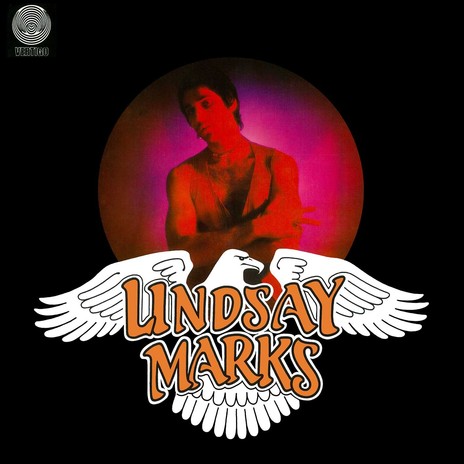
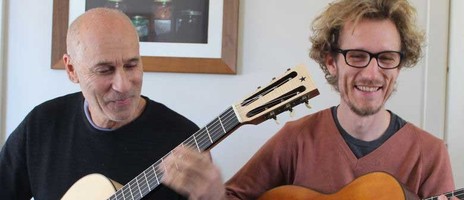
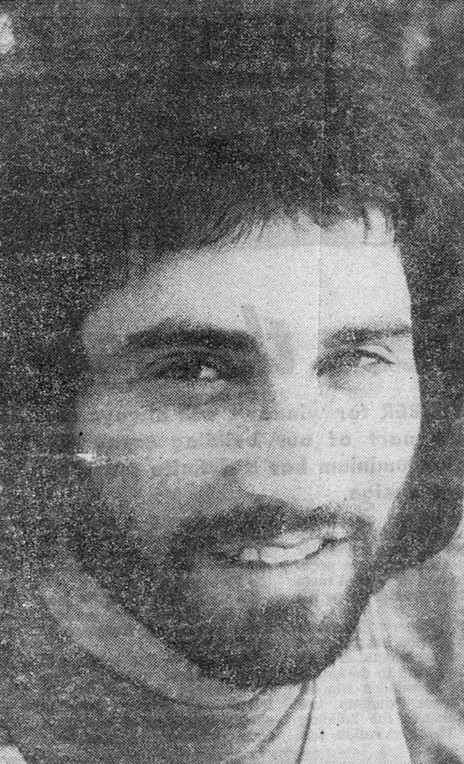
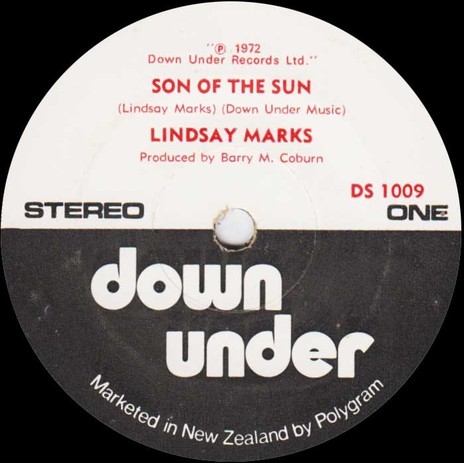

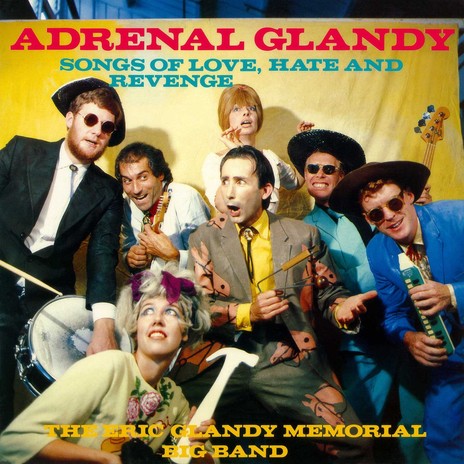
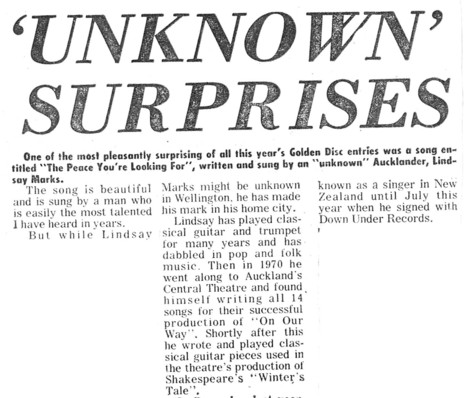
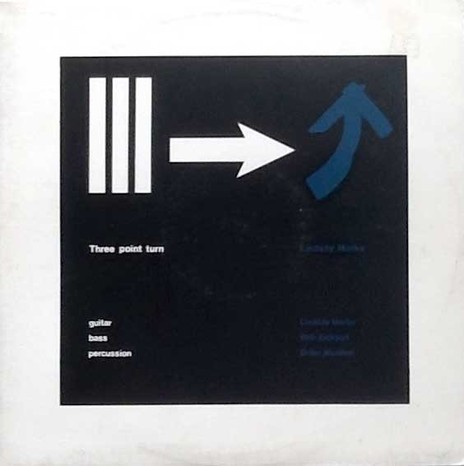
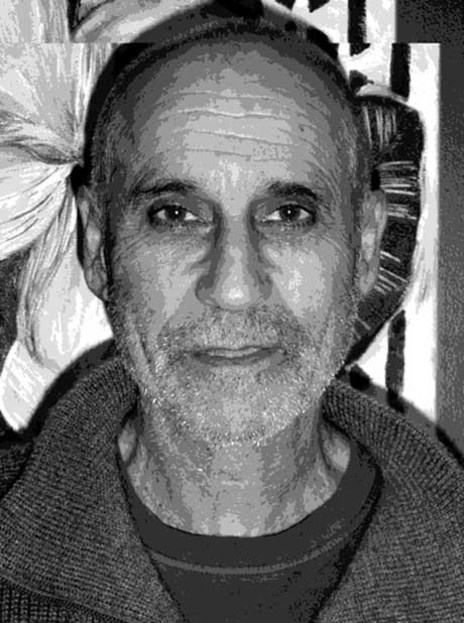
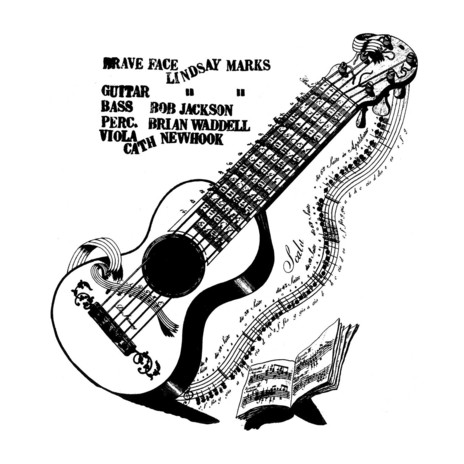
Marks was often nick-named "Airlord" after one of the tracks on his album.
Visit our sister site
NZ On ScreenMade with funding from
NZ On Air